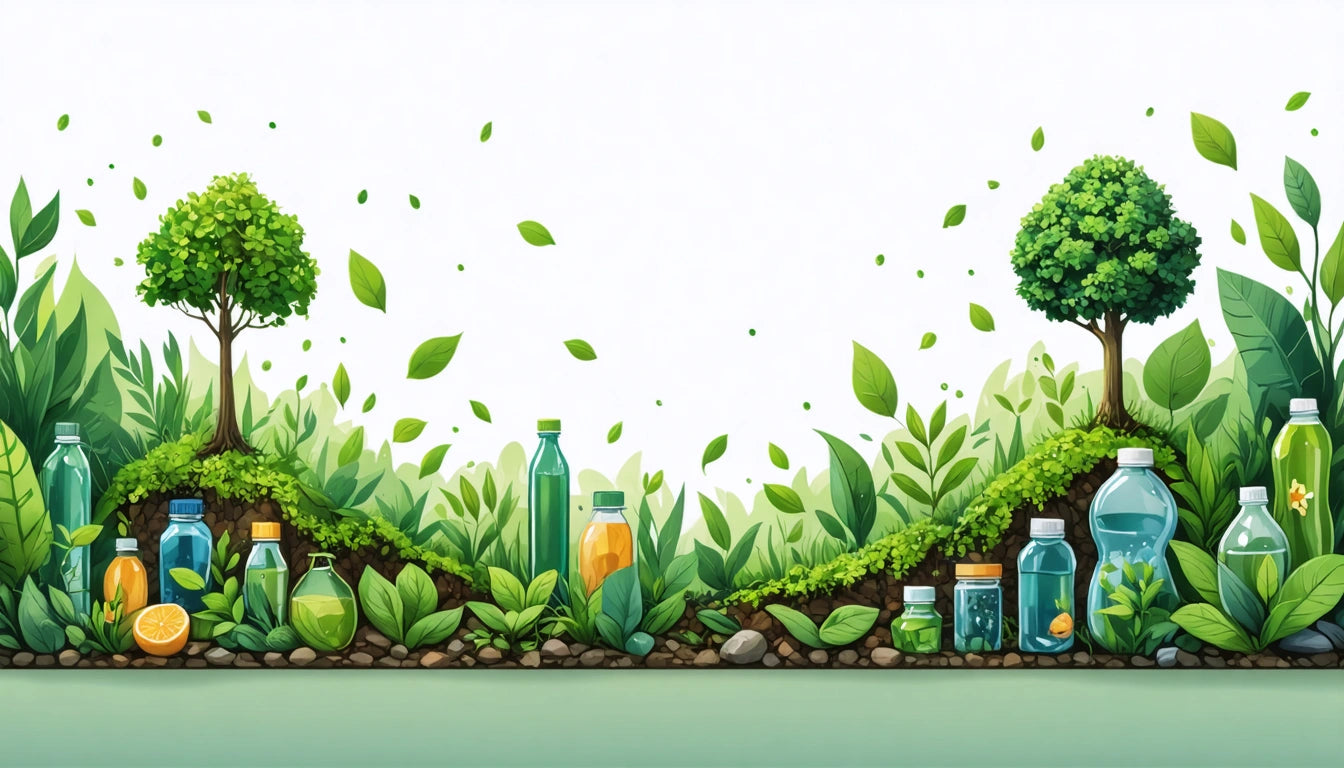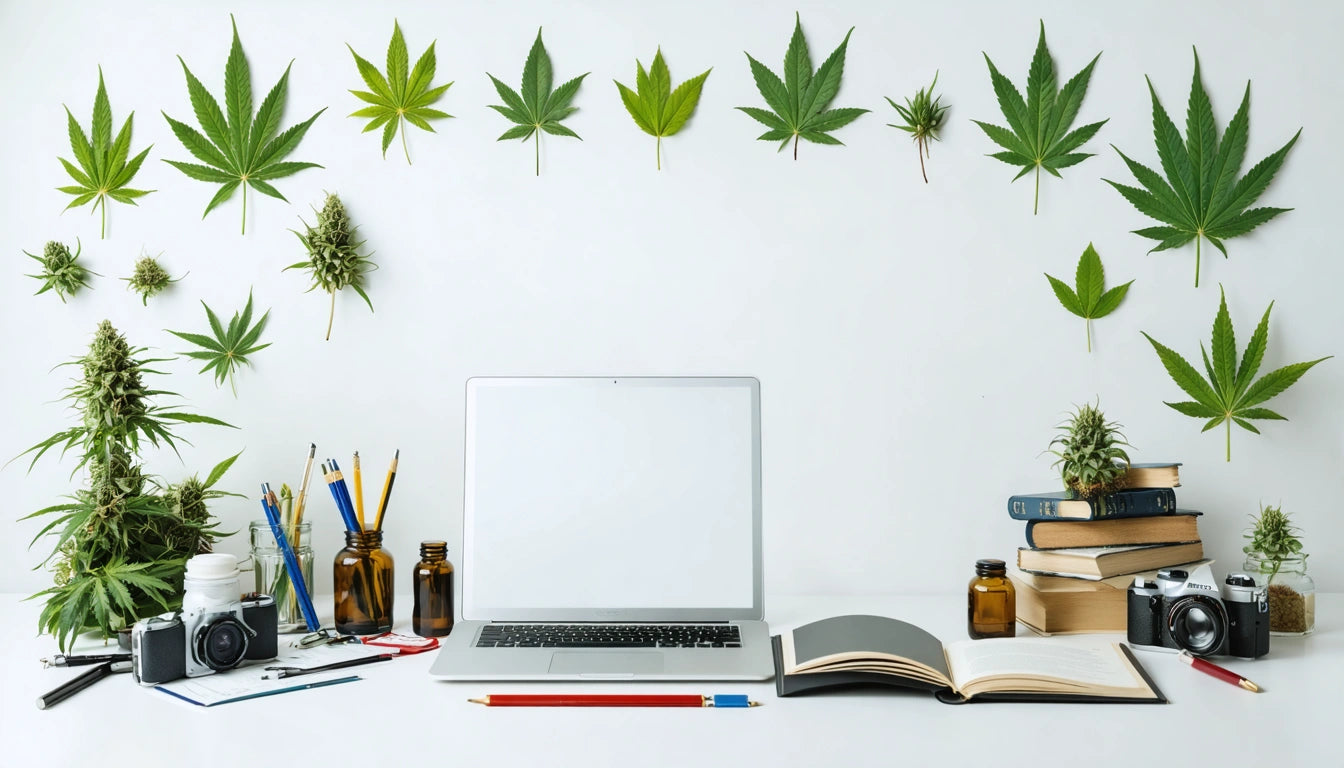Table of Contents
Exploring The Shift from PET to Bio-Based Plastics
The packaging industry is experiencing a significant transformation as businesses move away from conventional PET (Polyethylene Terephthalate) plastics toward more sustainable bio-based alternatives. This shift represents not just a trend but a fundamental rethinking of packaging materials in response to environmental concerns, consumer demand, and regulatory pressures. Understanding this transition is crucial for brands looking to maintain relevance while reducing their environmental footprint.
Understanding PET Limitations in Modern Packaging
PET has dominated the packaging industry for decades due to its versatility, clarity, and cost-effectiveness. However, several limitations have become increasingly apparent:
- Petroleum dependency and associated carbon footprint
- Long degradation timelines (300+ years in landfills)
- Microplastic shedding during breakdown
- Limited recycling infrastructure and low actual recycling rates
- Growing consumer resistance to single-use plastics
These limitations have prompted brands to seek alternatives that maintain functionality while addressing environmental concerns. According to industry data, over 40% of consumers now actively seek products with sustainable packaging, creating market pressure for change.
Bio-Based Alternatives: Types and Applications
PLA (Polylactic Acid)
Derived from renewable resources like corn starch or sugarcane, PLA offers similar clarity to PET but with improved biodegradability under industrial composting conditions. It's particularly suitable for cold food containers, beverage cups, and produce packaging.
PHA (Polyhydroxyalkanoates)
Produced by microbial fermentation of plant sugars, PHA offers excellent biodegradability in various environments, including marine settings. Its applications include flexible films, disposable items, and agricultural products.
Cellulose-Based Films
Made from wood pulp or cotton, these materials offer excellent oxygen barriers and natural biodegradability. They're increasingly used for snack packaging, sachets, and specialized packaging applications like pre-roll cones where natural materials enhance product perception.
Implementation Challenges and Solutions
Despite their benefits, bio-based plastics face several implementation hurdles:
Cost Considerations
Bio-based materials typically cost 20-100% more than traditional plastics, though this gap is narrowing with scale. Brands can offset these costs through:
- Premium positioning and marketing
- Reduced packaging weight
- Supply chain optimizations
- Tax incentives in some regions
As noted in this analysis of sustainable packaging ROI, the initial investment often pays dividends through improved brand perception and customer loyalty.
Performance Limitations
Some bio-based materials have different barrier properties, moisture sensitivity, or heat tolerance compared to PET. Solutions include:
- Material blends that optimize performance
- Specialized coatings and treatments
- Redesigned packaging structures
- Consumer education about proper handling
For products requiring specific barrier properties, mono-material approaches can maintain recyclability while meeting performance needs.
Case Studies: Successful Bio-Plastic Transitions
Several brands have successfully navigated the shift from PET to bio-based alternatives:
Food and Beverage Sector
Major beverage companies have introduced bottles made from bio-PET containing up to 30% plant-based materials, reducing fossil fuel usage while maintaining recyclability in existing streams. These initiatives have reduced carbon emissions by millions of tons annually.
Cannabis Industry
The cannabis sector has been particularly receptive to bio-based packaging, with companies adopting hemp-based plastics, mushroom packaging, and compostable films. As detailed in this guide to plant-based films, these materials align with the industry's natural positioning while addressing strict packaging regulations.
Cosmetics and Personal Care
Premium beauty brands have embraced bio-based packaging as part of their clean beauty positioning, often using refillable systems with durable bio-plastic outer containers and recyclable inner components.
Future Innovations: Where Bio-Based Plastics Are Heading
The bio-plastics sector continues to evolve rapidly, with several promising developments on the horizon:
- Advanced enzymatic recycling technologies that can break down bio-plastics into their original monomers
- Carbon-negative materials that sequester more carbon in production than they release
- Bio-based barrier coatings that eliminate the need for multi-material laminates
- Integration with closed-loop systems where packaging returns to manufacturers
- Improved home compostability that doesn't require industrial facilities
These innovations promise to address current limitations while further reducing environmental impact. Brands that invest in these technologies now will likely gain competitive advantages as regulations tighten and consumer expectations evolve.
The shift from PET to bio-based plastics represents more than just a material change. It signals a broader transformation in how we think about packaging, from a disposable necessity to a valuable resource in a circular economy. As technologies improve and scale increases, bio-based solutions will continue to replace conventional plastics across more applications, creating opportunities for brands that embrace this sustainable transition.











Leave a comment
All comments are moderated before being published.
This site is protected by hCaptcha and the hCaptcha Privacy Policy and Terms of Service apply.